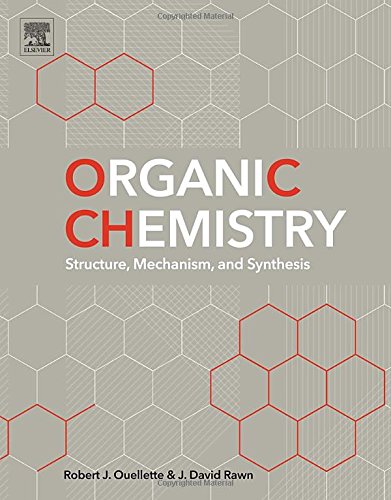

Most ebook files are in PDF format, so you can easily read them using various software such as Foxit Reader or directly on the Google Chrome browser.
Some ebook files are released by publishers in other formats such as .awz, .mobi, .epub, .fb2, etc. You may need to install specific software to read these formats on mobile/PC, such as Calibre.
Please read the tutorial at this link: https://ebookbell.com/faq
We offer FREE conversion to the popular formats you request; however, this may take some time. Therefore, right after payment, please email us, and we will try to provide the service as quickly as possible.
For some exceptional file formats or broken links (if any), please refrain from opening any disputes. Instead, email us first, and we will try to assist within a maximum of 6 hours.
EbookBell Team

4.7
16 reviewsOuellette Robert J. Organic Chemistry - Structure, Mechanism, and Synthesis 2014 [pdf 1240sc 1203c. 52.61mb]
There are no shortcuts in organic chemistry. Understanding and mastery cannot be achieved without devoting adequate time and attention to the theories and concepts of the discipline. It is with this premise that Ouellette and Rawn set out to comprehensively survey the field in Organic Chemistry, with an emphasis on connecting the basic principles of organic chemistry to real world challenges that require analysis, not just recall.
Organic chemistry is at the interface of physical and biological science, and this new text lays out the basic principles of organic chemistry in their relation to a host of other fields in both physical and biological sciences. Chemical bonding determines molecular structure, which in turn dictates physical, chemical, and biological properties from the smallest molecules to the largest. Molecular structure determines reaction mechanisms, from the smallest to the largest molecules. Reaction mechanisms determine strategies for organic synthesis, and these synthetic principles extend to every aspect of synthesis, from drug design to the methods cells employ to synthesize the molecules of which they are made. These relationships form a continuous narrative throughout the book, wherein principles logically evolve from one to the next, from the simplest to the most complex examples, with abundant connections between the text and real world applications.